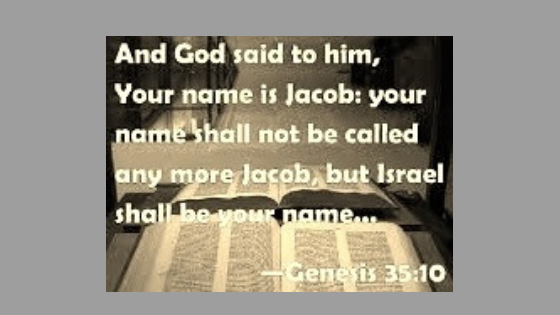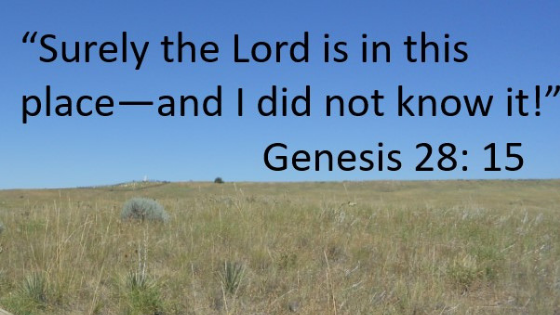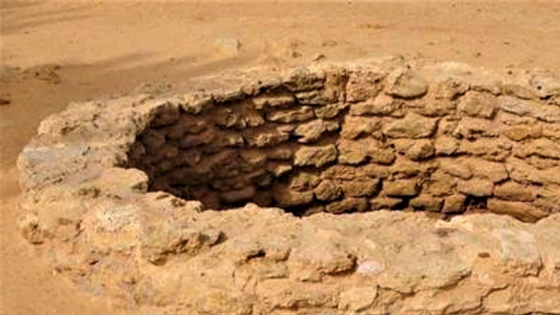
Shabbat Table Talk
Parashat Shofetim – Erev Shabbat 25 August 2017
Week of 20-26 August 2017
Torah portion: Deuteronomy 16:18-21:9 Haftarah: Isa.51:12-52:12
Two images from this parashat really came to life for me. One is of the king “seated on his royal throne…with a copy of this Teaching…. let him read in it all his life. (Dt 17:18-19) This is a powerful reminder that nobody is above the law; rather, the law is above all of us. (And would that all the world’s leaders would show such reverence for their nation’s laws!)
The other image is of “the body lying in the field.” (Dt 21:1) A man has been murdered and his identity, and that of his murderer, are unknown. Now, the plight of an unknown murder victim could have been dealt with by saying a few pitying words and then providing a decent burial for the corpse. Torah commands far more than this. (Dt 21:2-9) First, the distance to the town “nearest to the corpse” is measured. It is not explained how the measurement is to be carried out but the fact that it is necessary suggests the remoteness of the murder scene. The body is far from any town; yet there must be one town which is the ‘nearest’ and it is the elders of this town who must do what Torah commands. In a ceremony which requires the slaughter of an innocent victim, an unbroken heifer, the elders are to wash their hands over the heifer’s body and declare: “Our hands did not shed this blood, nor did our eyes see it done. Absolve, O lord, your people Israel…”
Why do the elders have to absolve themselves of blood guilt in such a dramatic fashion? One suggestion, favoured by Nehama Leibowitz (p.204), is that it was “to shock,” for “we know too well the indifference that prevails among people regarding the miseries of others.” A fellow human being has been killed: we must pay attention. And why do the elders have to declare that they have neither committed the murder nor seen it done? Surely nobody has accused them? One explanation is that it is possible to be indirectly responsible for a murder. There is a social responsibility for murder: “The public as a whole and the city nearest to the slain and its elders are all responsible for the terrible deed committed in the field. Their whole way of life, their social order, economic, educational and security institutions are answerable for the murder. The guilt is not confined merely to the individual perpetrator. The whole of society is directly involved.” (Leibowitz, p. 207)
A few days before studying these verses I had seen a trailer for the movie Wind River, which included a shot of the body of a woman, in a blue winter jacket, lying face down in the snow. The story of the movie centres on the murder of the woman, a Native American belonging to the Wind River Indian Reservation in Wyoming. Such a story strikes home in Canada, where we are struggling to deal with our responsibility for the disproportionate number of missing and murdered Indigenous women in our country. It is probable that Native American women are also more likely to be murder victims than other groups of women. Taylor Sheridan, who wrote and directed Wind River, has been quoted as saying: “…there wasn’t one Native American actor who read for me that didn’t begin their audition by saying: ‘My cousin…’ ‘My sister…’ ‘My best friend…’ ‘My somebody.’ They had all been touched by it.” (Randall King, “Story Without Borders,” Winnipeg Free Press, August 11, 2017.) Yet the wider American public seems little aware of the issue.
Perhaps the movie Wind River will serve the same purpose as measuring the distance to ‘the nearest town’. May it make viewers aware of their collective responsibility for ‘the body lying in the field.’
Reflection: There are many wrongs that need to be righted in this world but who can tackle them all? What issues make you feel that you live in ‘the nearest town’ and are obligated to do something?
Bibliography: Leibowitz, Nehama. Studies in Devarim (Jerusalem, n.d.)
This week’s teaching commentary is by
Anne Morton, Winnipeg, Canada
Bat Kol alum 2010
Email: anmorton@mymts.net
[Copyright © 2017]
……………………………………………………………
PLEASE NOTE: The weekly Parashah commentaries represent the research and creative thought of their authors, and are meant to stimulate deeper thinking about the meaning of the Scriptures. While they draw upon the study methods and sources employed by the Bat Kol Institute, the views and conclusions expressed in these commentaries are solely those of their authors, and do not necessarily represent the views of Bat Kol. The commentaries, along with all materials published on the Bat Kol website, are copyrighted by the writers, and are made available for personal and group study, and local church purposes. Permission needed for other purposes. Questions, comments and feedback are always welcome.
…………………………………………………………
Bat Kol Institute for Jewish Studies, Jerusalem
~~1983-2017~~
“Christians Studying the Bible within its Jewish milieu, using Jewish Sources.”
Website: www.batkol.info; Parashat Admin: gill@batkol.info




August 24, 2017
Thank you Anne for the “social discernment” question you added to your Parashat Shofetim reflection this week. Prayers and Blessings from the PHilippines!